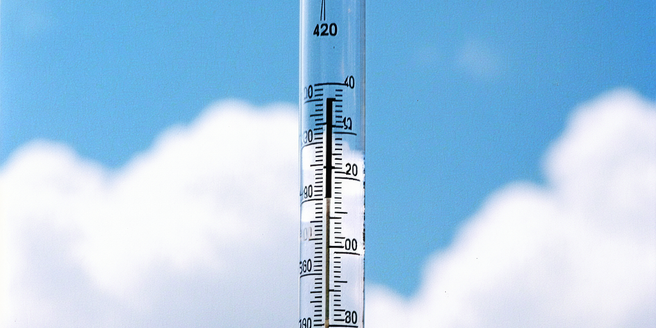
Understanding Atmospheric Pressure and Its Measurement
Atmospheric pressure is a fundamental concept in meteorology, reflecting the weight of the air above a given point on Earth’s surface. It is crucial for weather prediction and understanding various atmospheric phenomena. Measuring atmospheric pressure involves the use of instruments like barometers. A mercury barometer, for instance, consists of a glass tube filled with mercury and inverted in a mercury reservoir. The height of the mercury column indicates the atmospheric pressure. In contrast, an aneroid barometer uses a sealed, flexible metal chamber that expands or contracts with pressure changes, moving a pointer on a dial to indicate pressure readings. This information helps meteorologists forecast weather, as changes in atmospheric pressure often signal shifts in weather patterns, such as approaching storms or clear skies, and thus, is essential to climate study.
The Role of Atmospheric Pressure in Weather Patterns
Atmospheric pressure is a key driver of weather patterns across the globe. Areas of high pressure are often associated with clear, sunny conditions because the denser air suppresses cloud formation. In contrast, low-pressure areas tend to bring clouds, wind, and precipitation. These low-pressure systems encourage the rising of warm air, which cools and condenses to form clouds and, eventually, rain. Moreover, the difference in pressure between areas can generate winds as air moves from high to low-pressure regions in an attempt to equalize the pressure differential. This movement plays a part in shaping local weather as well as larger climatic phenomena, such as hurricane formation and monsoons. Therefore, understanding atmospheric pressure patterns is crucial for meteorologists to predict weather behavior and for climate scientists investigating global changes.
Sources and Types of Airborne Pollutants
Airborne pollutants come from a variety of sources and can be classified into different types. Primary pollutants are directly emitted from sources like vehicles, industrial processes, and wildfires, and include substances such as carbon monoxide, sulfur dioxide, and particulate matter. Secondary pollutants, on the other hand, form in the atmosphere through chemical reactions between primary pollutants and other atmospheric components; a common example is ozone. Natural sources of airborne pollutants include volcanic eruptions and pollen release. Human activities, however, significantly contribute to pollution levels, particularly in urban areas, where traffic emissions and industrial discharges are prevalent. Understanding these sources is vital for effective air quality management and creating policies that mitigate their impact on environmental and human health, as different types require unique approaches for monitoring and reduction.
How Atmospheric Pressure Affects Air Quality
Atmospheric pressure can have a profound impact on air quality by affecting the dispersion of pollutants. In high-pressure systems, air tends to be more stable and less turbulent, which can result in the trapping of pollutants near the ground. This leads to poorer air quality, especially in urban areas where emission sources are concentrated. Conversely, low-pressure systems often bring unstable conditions, which can help disperse pollutants over larger areas, thus potentially improving air quality. Additionally, temperature inversions, which are often associated with high-pressure systems, can exacerbate pollution levels by creating a ‘lid’ that prevents the vertical movement of air. This stagnation is particularly concerning for cities experiencing significant emissions, underscoring the importance of understanding atmospheric pressure dynamics when addressing air quality issues and protecting public health.
Mitigation Strategies for Reducing Airborne Pollutants
Mitigating airborne pollutants requires a multipronged approach involving policy, technology, and public awareness. Governments can enforce stricter emissions regulations for industries and vehicles to limit the release of harmful substances. The adoption of cleaner technologies, such as electric vehicles and renewable energy sources, is crucial in reducing reliance on fossil fuels, a major pollutant source. Urban planning can also play a role by increasing green spaces, which help buffer pollution and improve air quality. Public awareness campaigns are vital to educating people on the importance of reducing their environmental footprint and encouraging practices like reducing energy consumption and supporting local and sustainable products. International cooperation is also essential, as airborne pollutants do not recognize borders, requiring a global effort to address this pressing environmental challenge effectively.
